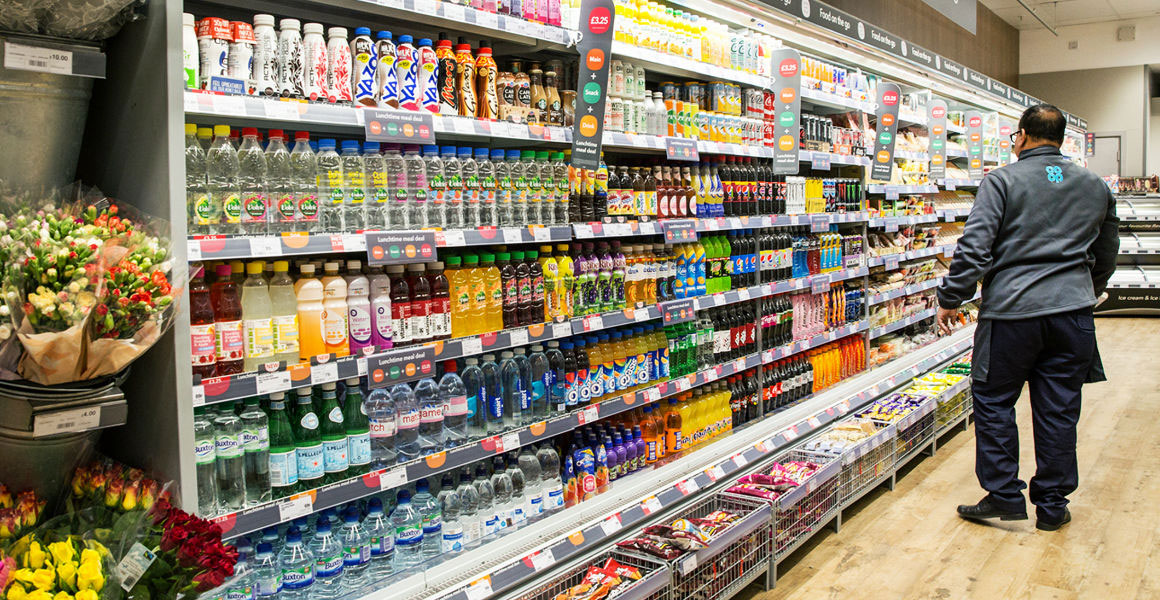Nisa and Costcutter retailers that price match nearby Co-op stores experience negative gross margins on 4.9% of Co-op own-label lines measured by RN.
The wholesale prices (WSP) and RRPs for Costcutter and Nisa stores were compared with the prices of 184 lines in a London Co-op store. Overall, Nisa and Costcutter RRPs were respectively 6.83% and 4.73% higher than Co-op’s pricing. Nisa stores that match to Co-op’s pricing will make 4.44 percentage point lower gross margins, a 12.68% decrease on current levels. Costcutter stores will make 3.18 percentage point lower gross margins, a 9.67% decrease.
As a percentage of the lines analysed, Costcutter was more expensive on 47.83% of lines, whereas Nisa was more expensive on 42.39% of lines. As with the analysis in last week’s edition, the figures do not include rebates, promotions or surcharges.
Midlands Nisa retailer Rav Garcha said it wasn’t ‘a fair playing field’ and that retailers with a Co-op nearby need to use a mixed pricing strategy. “You have to match on the lines that are very price sensitive, and make the margin on other lines – for instance, mayonnaise is sensitive in mine, but microwave rice isn’t, so we can increase the price, as long as it is below the maximum price level set by Co-op,” he said.
Asked how to identify the price elasticity of different lines, Garcha said “it isn’t an exact science”, with the retailer’s intuition the main driving force.
Whether the Co-op next door is centrally owned or run by a franchisee also determines pricing. A separate analysis of 125 own-label lines for sale in a Southern Co-op-run Co-op showed that its pricing was on close to par with Costcutter’s RRPs at 4.82% more expensive than Co-op.
Read similar: Co-op outlines franchise application requirements





Comments
This article doesn't have any comments yet, be the first!